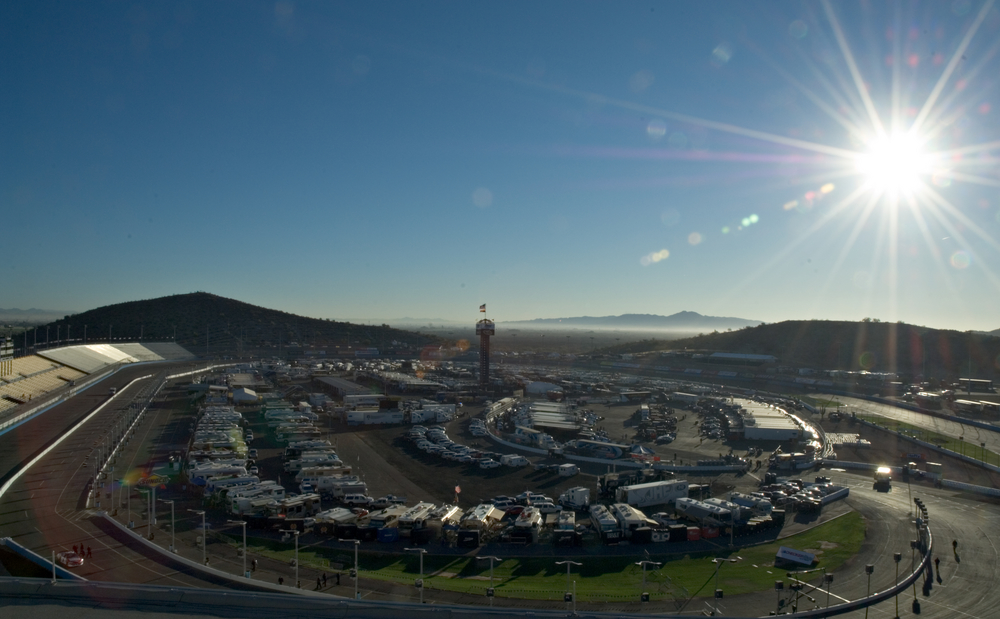Many of us who visit Stringo regularly will have a keen interest in NASCAR and other stock racing associations, but may still have no idea how these gorgeous machines are made. Here’s a brief guide to the race car production process.Like any piece of auto engineering, NASCAR cars start off with the frame. Most manufacturers will buy their frames prefabricated from a designated supplier, who will expertly craft their frames so that the rounded or square steel tubing is made for maximum driver safety. The thickest bits of tubing will surround the driver, protecting him from all angles and known as the “roll cage”.Once the frame’s out of the way, the outer body of the car is dictated by the rules of NASCAR. There are 30 distinct templates for the body, designed for each contour of the frame, which the driver’s team must choose from. While NASCAR and other racing promotions are very rigid with their rules, this particular restriction does have an advantage for the drivers. 30 templates are simply not enough to cover every little part of the frame, which allows the team to modify areas of the car outside of regulations! All of the body work is made by hand-rolling and trimming flat sheet metal using an English Wheel; a tool used to slowly bend metal to the exact template and therefore fit it easily onto the car. They are then welded to the frame.The body must then be modified depending on what the car’s going to be used for. NASCAR teams will design one body for short tracks and another for super speedways. Short-track cars have to be made to generate the highest possible down-force. This aerodynamic force presses moving vehicles as close to the ground as possible, allowing the race car to take tight corners as quickly as possible.Next we come to the engine. As you may have guessed, the engine is one of if not the most important parts of the whole race car. The driver will be relying on it to generate massive amounts of power for the length of the race, with absolutely no failures. The engine blocks and heads are all custom-made for racing purposes, however they typically have the same amount of cylinders and starting size as the engine of a street car.
Here’s a brief guide to the race car production process.Like any piece of auto engineering, NASCAR cars start off with the frame. Most manufacturers will buy their frames prefabricated from a designated supplier, who will expertly craft their frames so that the rounded or square steel tubing is made for maximum driver safety. The thickest bits of tubing will surround the driver, protecting him from all angles and known as the “roll cage”.Once the frame’s out of the way, the outer body of the car is dictated by the rules of NASCAR. There are 30 distinct templates for the body, designed for each contour of the frame, which the driver’s team must choose from. While NASCAR and other racing promotions are very rigid with their rules, this particular restriction does have an advantage for the drivers. 30 templates are simply not enough to cover every little part of the frame, which allows the team to modify areas of the car outside of regulations! All of the body work is made by hand-rolling and trimming flat sheet metal using an English Wheel; a tool used to slowly bend metal to the exact template and therefore fit it easily onto the car. They are then welded to the frame.The body must then be modified depending on what the car’s going to be used for. NASCAR teams will design one body for short tracks and another for super speedways. Short-track cars have to be made to generate the highest possible down-force. This aerodynamic force presses moving vehicles as close to the ground as possible, allowing the race car to take tight corners as quickly as possible.Next we come to the engine. As you may have guessed, the engine is one of if not the most important parts of the whole race car. The driver will be relying on it to generate massive amounts of power for the length of the race, with absolutely no failures. The engine blocks and heads are all custom-made for racing purposes, however they typically have the same amount of cylinders and starting size as the engine of a street car.